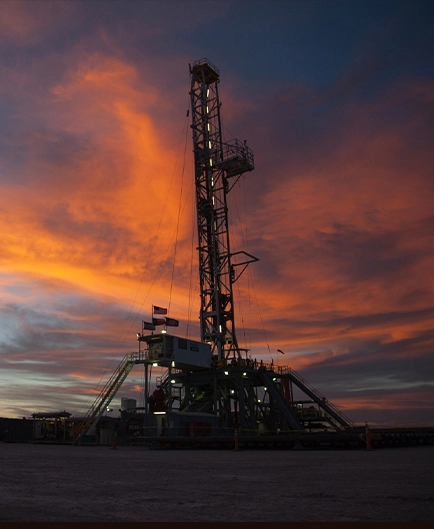- Afrikaans
- Albanian
- Amharic
- Arabic
- Armenian
- Azerbaijani
- Basque
- Belarusian
- Bengali
- Bosnian
- Bulgarian
- Catalan
- Cebuano
- Corsican
- Croatian
- Czech
- Danish
- Dutch
- English
- Esperanto
- Estonian
- Finnish
- French
- Frisian
- Galician
- Georgian
- German
- Greek
- Gujarati
- Haitian Creole
- hausa
- hawaiian
- Hebrew
- Hindi
- Miao
- Hungarian
- Icelandic
- igbo
- Indonesian
- irish
- Italian
- Japanese
- Javanese
- Kannada
- kazakh
- Khmer
- Rwandese
- Korean
- Kurdish
- Kyrgyz
- Lao
- Latin
- Latvian
- Lithuanian
- Luxembourgish
- Macedonian
- Malgashi
- Malay
- Malayalam
- Maltese
- Maori
- Marathi
- Mongolian
- Myanmar
- Nepali
- Norwegian
- Norwegian
- Occitan
- Pashto
- Persian
- Polish
- Portuguese
- Punjabi
- Romanian
- Russian
- Samoan
- Scottish Gaelic
- Serbian
- Sesotho
- Shona
- Sindhi
- Sinhala
- Slovak
- Slovenian
- Somali
- Spanish
- Sundanese
- Swahili
- Swedish
- Tagalog
- Tajik
- Tamil
- Tatar
- Telugu
- Thai
- Turkish
- Turkmen
- Ukrainian
- Urdu
- Uighur
- Uzbek
- Vietnamese
- Welsh
- Bantu
- Yiddish
- Yoruba
- Zulu
well casing coupling
Understanding Well Casing Couplings A Key Component in Oil and Gas Drilling
In the oil and gas industry, the construction and maintenance of wells is critical for successful extraction operations. One of the essential components of this process is the well casing, which provides structural integrity to the wellbore and prevents the collapse of the surrounding earth into the well. Integral to the well casing system are casing couplings, specialized fittings that connect individual sections of casing pipes. This article will explore the importance of casing couplings, their types, and their role in ensuring the efficiency and safety of drilling operations.
What is Well Casing?
Before delving into casing couplings, it’s vital to understand what well casing refers to. Well casing is a series of steel pipes installed in the drilled hole, designed to stabilize the wellbore and create a barrier between the produced fluids and the surrounding geological formations. By doing so, casing helps maintain the quality of groundwater and prevents potential cross-contamination of different geological layers.
Casing is categorized based on its use in various depths and geological conditions, including surface casing, intermediate casing, and production casing. Each type serves distinct functions, from protecting the well from surface contaminants to facilitating the extraction of hydrocarbons from deeper geological layers.
Importance of Casing Couplings
Casing couplings are critical for connecting casing pipes, ensuring a continuous and secure column that extends from the surface to the targeted depth. This ensures that the structural integrity of the well is maintained throughout its operation. Casing couplings are designed to withstand high pressures and stresses, given the challenging environments encountered during drilling operations.
The quality and performance of couplings can have significant implications. A failure in the coupling can lead to serious consequences, such as blowouts, loss of well control, or environmental contamination. Therefore, the selection of appropriate coupling types and materials is essential for the safe and efficient operation of wells.
Types of Casing Couplings
well casing coupling

Casing couplings come in various types, each designed for specific applications and conditions. The most common types include
1. Threaded Couplings These couplings feature external threads that fit into the internal threads of the casing pipes. They provide a reliable connection and are often coated to prevent corrosion.
2. Welded Couplings In high-pressure applications, welded couplings are used to create a permanent bond between two casing pipes. This type of coupling is more labor-intensive but provides exceptional strength.
3. Flush Joint Couplings These couplings are designed to create a smooth connection between casing sections, reducing the risk of sticking during drilling. They are particularly useful in horizontal drilling operations.
4. Slip-on Couplings These couplings slide over the ends of casing pipes and are then welded or mechanically fastened. While not as common, they can be advantageous in specific drilling environments.
5. Specialty Couplings Innovations in drilling technology have led to the development of bespoke couplings designed for particular conditions, such as high-temperature or ultra-deep wells.
Conclusion
The role of well casing couplings cannot be overstated in the oil and gas industry. These components ensure the effective connection of casing sections, maintaining the structural integrity and safety of the well. Given their critical performance characteristics, the selection, design, and installation of casing couplings require meticulous attention to detail and an understanding of the specific challenges presented by each drilling environment. As technology advances, the evolution of casing coupling designs will continue to enhance the operational efficiencies of drilling operations, ultimately contributing to safer and more sustainable practices in the oil and gas industry.
-
Tubing Pup Joints: Essential Components for Oil and Gas OperationsNewsJul.10,2025
-
Pup Joints: Essential Components for Reliable Drilling OperationsNewsJul.10,2025
-
Pipe Couplings: Connecting Your World EfficientlyNewsJul.10,2025
-
Mastering Oilfield Operations with Quality Tubing and CasingNewsJul.10,2025
-
High-Quality Casing Couplings for Every NeedNewsJul.10,2025
-
Boost Your Drilling Efficiency with Premium Crossover Tools & Seating NipplesNewsJul.10,2025







